Air Duct Cleaning
Get a QuoteSchedule in your FREE AIR DUCT CLEANING INSPECTION by calling 913.302.9639
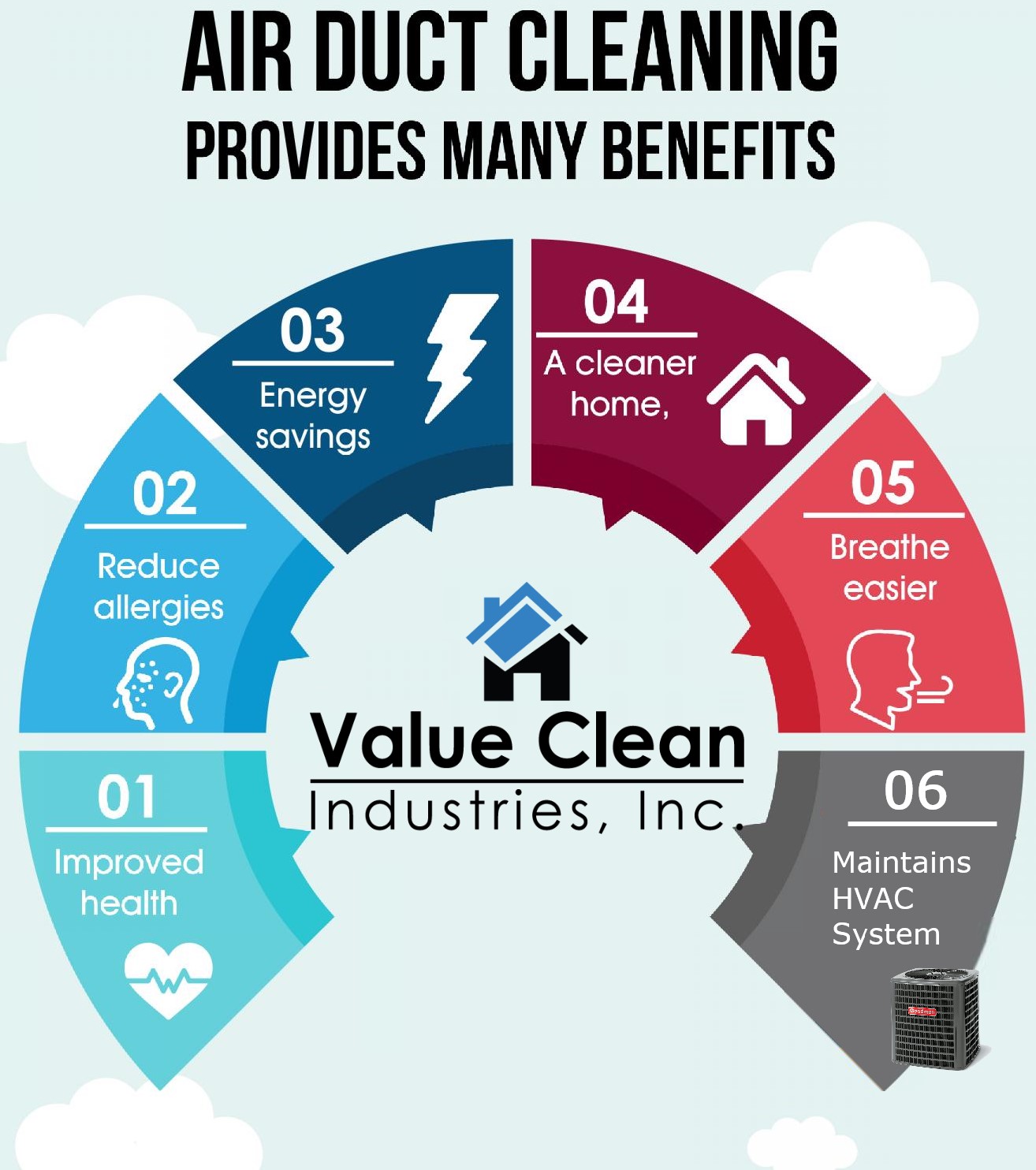
The Value Clean rule of thumb: “If your air vents look dirty, then that means your entire system is too.” A dirty HVAC systems should be inspected by a reputable, NADCA certified air duct cleaning professional on a regular basis. Value Clean offers a FREE In-Home Inspection of your system...all you have to do is call.
The tabs to the left provide some great information along with various reasons why homeowners choose to have their air ducts cleaned.
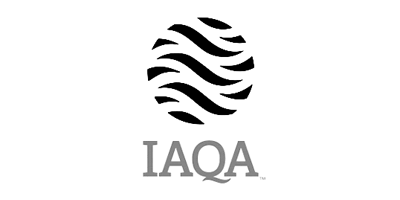
Indoor air quality plays a large part of when or how to investigate air duct cleaning. Your heating and cooling system acts as the lungs of your home.
The system takes air in and breathes air out.
Through normal occupation in a home, we generate a great deal of contaminants and air pollutants, such as dander, dust, and chemicals. These contaminants are pulled into the HVAC system and re-circulated 5 to 7 times per day, on average. Over time, this re-circulation causes a build-up of contaminants in the duct work.
While dirty ducts don’t necessarily mean unhealthy air in your home, school or workplace, they may be contributing to larger health issues or harboring contaminants that could cause serious problems for people with respiratory health conditions, autoimmune disorders or some environmental allergies.

According to the U.S. Department of Energy, 25 to 40 percent of the energy used for heating or cooling a home is wasted. Contaminants in the heating and cooling system cause it to work harder and shorten the life of your system. Although filters are used, the heating and cooling system still gets dirty through normal use.
When an HVAC system is clean, it doesn’t have to work as hard to maintain the temperature you desire. As a result, less energy is used, leading to improved cost-effectiveness.
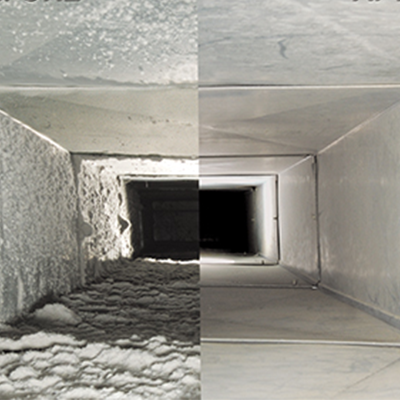
Because they get DIRTY!
In addition to normal accumulations of dust and dirt found in all homes with air ducts, there are several other factors that can increase the need for regular HVAC system cleaning:
• Pets
• Occupants with allergies, asthma, or COPD
• Cigarette or cigar smoke
• Water contamination or damage to the home or HVAC system
• Home renovation or remodeling projects
Some occupants are more sensitive to these contaminants than others. Allergy and asthma sufferers, as well as young children and the elderly tend to be more susceptible to the types of poor indoor air quality that air duct cleaning can help address.

Frequency of cleaning depends on several factors, not the least of which is the preference of the homeowner. Some of the things that may lead a homeowner to consider more frequent cleaning include:
• smokers in the household
• pets that shed high amounts of hair and dander
• water contamination or damage to the home or HVAC system
• residents with allergies, asthma, or COPD who might benefit from a reduction in the amount of indoor air pollutants in the home’s HVAC system
• after home renovations or remodeling
• prior to occupancy of a new home.
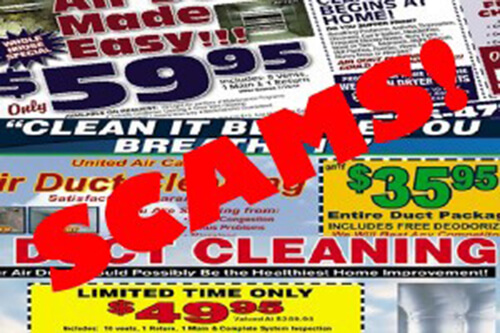
Homeowners should beware of “blow-and-go” air duct cleaning companies. These companies often charge a nominal fee and do a poor job of cleaning the heating and cooling system. These companies may also persuade a homeowner to pay for unneeded services with and/or without their permission.
Homeowners are told they have mold and other toxic substances in their HVAC systems – claims which are most likely false and used merely to extort money. Coupons and flyers advertising rock bottom prices on “whole house air duct cleaning” and “HVAC mold and soot removal” arrive in the mail daily for some households. If you have knowledge of a practicing “blow-and-go” air duct cleaner, contact your local Better Business Bureau to report the company.
Air duct cleaning is a misnomer. In actuality, the entire HVAC system should be cleaned. Failure to clean all components of the system can result in re-contamination of the entire system, thus minimizing the benefits of cleaning.
Just as you wouldn’t clean only half of your living room floor, you also would not want to clean only part of your HVAC system. NADCA recommends cleaning the entire HVAC system, including the following components:
• air ducts
• coils
• drain pan
• registers
• grills
• air plenum
• blower motor and assembly
• heat exchanger
• air filter
• air cleaner
There are two key components to HVAC cleaning: breaking contaminants loose, and collection of contaminants.
Breaking Contaminants Loose
Properly cleaning HVAC systems requires removing the sources of contamination. Source removal begins with the use of one or more agitation devices designed to loosen contaminants from the surfaces within the heating and air conditioning system. Examples of agitation devices include brushes, air whips and compressed air nozzles or “skipper balls.” Agitation can also be achieved through hand-brushing or contact vacuuming.
Collection of Contaminants
During cleaning, the entire HVAC system is placed under continuous negative pressure (a vacuum) to prevent the spread of contaminants. Continuous negative pressure allows very fine particles to be removed from the system as they become airborne, ensuring that these particles are not released into the living space when the system is turned on after cleaning. This negative pressure also serves to extract the loosened contaminants, which are collected and removed from your home.
System Access
HVAC system cleaning is not a complex process, but each job is unique. Where possible, access to duct interiors should be made through existing openings such as supply diffusers, return grills, duct end caps and existing service openings. Cleaning technicians may need to cut access holes in the duct work in order to reach inside with various cleaning tools. Creation of these service openings, and their subsequent closure, requires craftsmanship and professional skills.
Equipment Requirements
There is a wide variety of equipment available to HVAC cleaning professionals. Both truck-mounted and portable vacuums can be used to stop the spread of contaminants and get the system cleaned to the NADCA Standard.
Antimicrobial Chemicals
Antimicrobial chemicals include sanitizers, disinfectants and deodorizers that can be applied to nonporous surfaces in HVAC systems to address microbial contamination and help control odors. Only chemicals registered with the United States Environmental Protection Agency (EPA) can be used. These products should only be considered after mechanical surface cleaning has been performed.
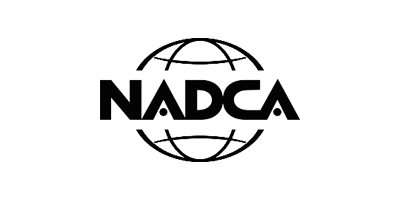
When done correctly, HVAC cleaning is a very beneficial service for your home or business. NADCA’s dedication to quality assurance helps ensure and promote a higher standard of performance for all of its members.
A company must meet strict requirements in order to be a member of NADCA.
The company must:
• have at least one NADCA certified Air Systems Cleaning Specialist (ASCS) on staff
• maintain general liability insurance
• agree to clean according to ACR, the NADCA Standards and comply with NADCA's Code of Ethics.
